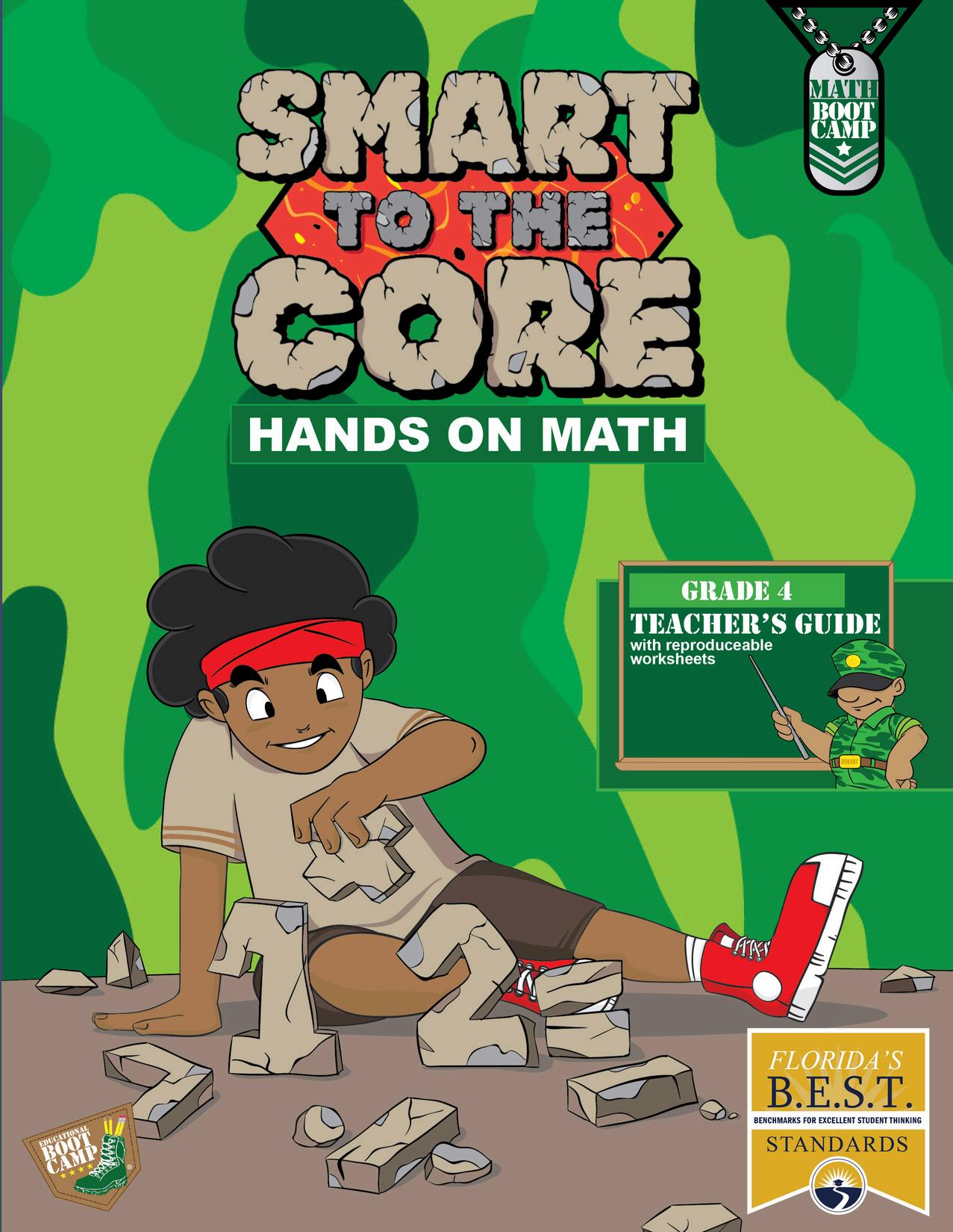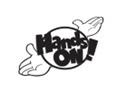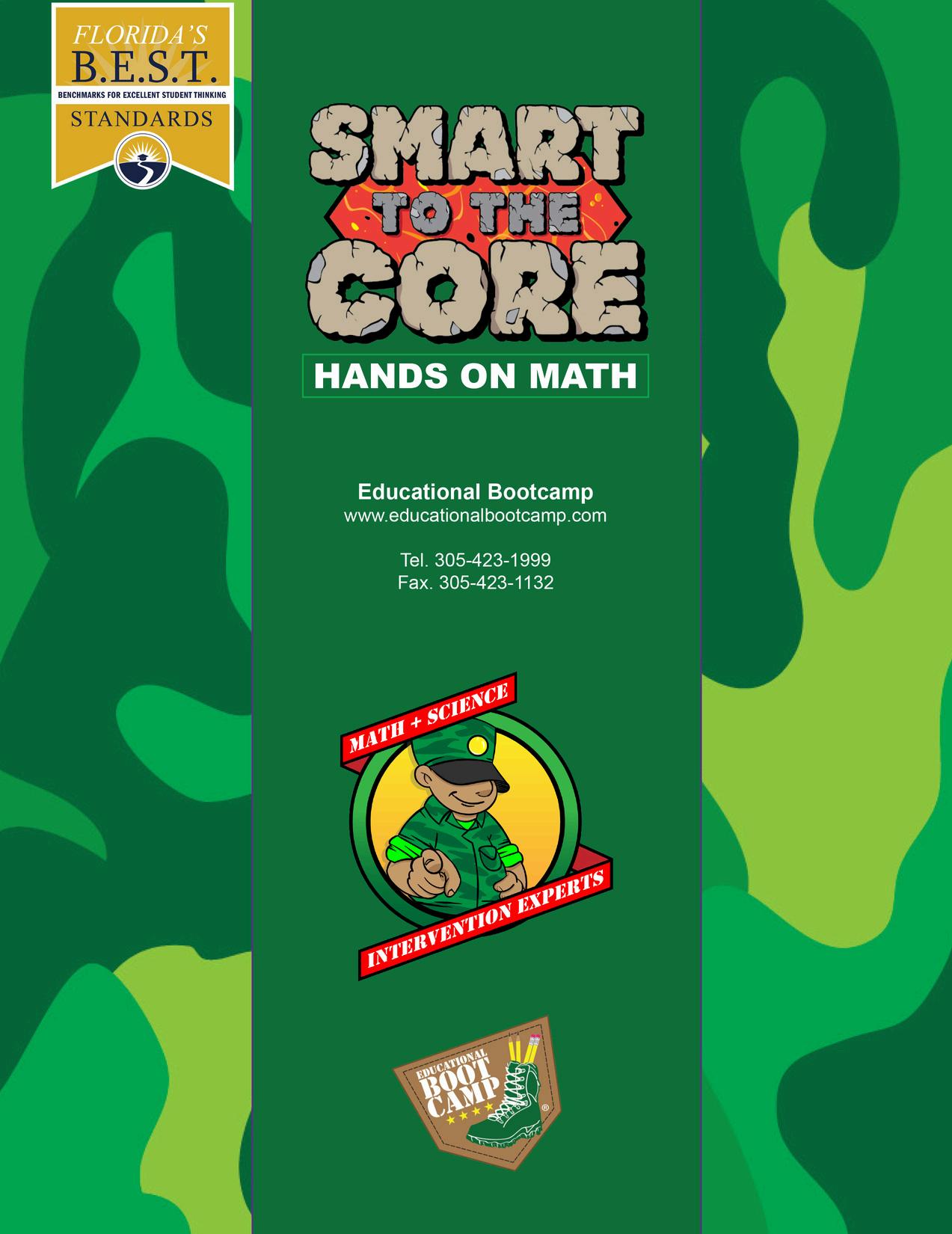

MA.4.NSO.2.4– Divide a whole number up to four digits by a
one-digit whole number with procedural reliability. Represent remainders as a fractional part of the divisor.
MA.4.NSO.2.1– Recall multiplication facts with factors up to 12 and related division facts with automaticity.
OBJECTIVE:
Students will practice division of whole numbers of up to fourdigit dividends and one-digit divisors.
MATERIALS: (Per teacher)
1 classroom dry erase board
1 dry erase marker
1 dry eraser
MATERIALS: (Per Student)
1 egg carton (4 egg holders)
1 dry erase board
1 dry erase marker
1 dry eraser
1 Egg Tray Division worksheet
75 counters
Teacher Preparation:
Cut each egg carton into two horizontal strips of 4. Only two strips will be cut from each egg carton, and the rest can be recycled. Each student will get one of the halves of the egg carton.
LESSON DISCUSSION:
Review place value. Remind the students that 10 ones is equal to 1 ten, 10 tens is equal to 1 hundred, and 10 hundreds is equal to 1 thousand. Discuss the properties of multiplication and how they are related to division. Identify the meaning of dividend, divisor, and quotient when dividing.
Part A:
Procedure:
Step 1: Tell the students to place their egg holder on the dry erase board. Have them draw a horizontal line above the holder and a vertical line on the left, perpendicular to the horizontal line.

Step 2: Write the division problem 6,429 ÷ 4 on the classroom dry erase board.
Step 3: Ask the students to set up the egg holder to be the four-digit dividend by adding the number of counters indicated by the digit to each egg holder. There should be 6 counters in the far left cup, 4 in the cup to its right, 2 in the third cup, and 9 in the last cup.
Step 4: Have students write the number 4 as the divisor on the left side of the vertical line. 6 counters 4 counters 2 counters 9 counters 4

Step 5: Explain that groups of 4 must be removed from the first cup as it is the divisor. Students will divide 6 by 4. Have students remove as many sets of 4 counters as possible, writing the number of sets removed on the horizontal line above the thousands place. The students should write 1. Those counters can be set aside.
Step 6: Point out that there are 2 counters remaining in the first cup, so another group of 4 cannot be removed.

Step 7: Explain that the 2 counters remaining in the first cup combine with the 4 counters in the second cup to further divide the number. The 2 counters now represent 2 tens or 20. Have students add counters until there are 20 in the first cup. The 4 counters in the second cup represent 4 ones. Students will now try to find how many times 4 divides into 24.

Step 8: Have students remove as many sets of 4 as possible from 24, counting how many sets of 4 were removed. This number of sets removed are written on
the line over the hundreds place. They should write 6, and there should be no counters left in the first or second cup.

Step 9: Ask students to determine how many groups of 4 can be removed from the 2 in the third cup. Help students understand that zero groups of 4 can be removed from the third cup, and they should write the digit 0 on the horizontal line above the tens place.

Step 10: Explain that the 2 counters remaining in the third cup combine with the 9 in the fourth cup to divide the number further. The 2 counters now represent 2 tens or 20. Have students add counters until there are 20 in the third cup. The 9 counters in the fourth cup will represent 9 ones. Students will now try to find how many times 4 divides into 29.
Step 11: Repeat step 8. Students find how many sets of 4 are in 29 by removing sets of 4. The number written above the ones place is 7. There should be 1 counter left in the ones place, which represents the remainder

Step 12: Discuss what the remainder of 1 means. Students must be able to express a remainder as a fraction. In this case, we have 1 out of 4 (the divisor) counters in a group left over. 1 out of 4 can be represented as 1/4, so the answer is 1,607 1/4.
Step 13: Clear the trays and repeat the steps using the next problem from the Egg Tray Division worksheet until all the problems have been solved. Extension Activity
Step 1: Have the students practice division without the use of the egg tray by dividing a 3-digit number by a 1-digit number.
Step 2: Have the students practice division without the use of the egg tray by dividing a 4-digit number by a 1-digit number.
Part B:
OBJECTIVE:
facts.
MATERIALS: (Per Teacher)
1 permanent marker Students will work towards mastery of multiplication and division
MATERIALS: (Per group of 2)
2 plastic cups
26 craft sticks
1 dry erase board
2 dry erase markers
1 dry eraser
2 Division printouts
2 Write and Wipe holders
LESSON DISCUSSION:
• Discuss the importance of mastering multiplication and division facts within
12. Share ways that these facts are used in fourth grade and beyond.
• Explain the relationship between multiplication and division. Use fact families as a way to help students make this connection.
Teacher Preparation
Step 1: For each group of two, number two sets of craft sticks 0 - 12. Each stick should have the number written towards the bottom so that it is not visible when placed in a cup.
Step 2: Separate the sticks into two cups, with 0 - 12 in each set.
Step 3: Print out two Division printouts, placing them inside the Write and Wipe holders.
Procedures:
Step 1: Pass out all the materials, making sure the numbers on the sticks are facing down in the cup.
Step 2: Student A pulls one stick from each cup, using the numbers to write a multiplication equation on their dry erase board: ____ x ____ = ____ . Student B solves the equation and writes the answer in the last blank.
Step 3: Students return the sticks to the original cups.
Step 4: Repeat steps 1 through 3, swapping roles until students grasp the concept of multiplication.
Step 5: Ask the students to pull out their Division printouts.
Step 6: Each partner will use a cup of sticks (with sticks 0 - 12) for this activity. Simultaneously, partners each pull a random stick from their cups and use them to complete their printout by writing their numbers in the middle blank all the way down the page, completing the left column as quickly as they can.
Step 7: When both partners are done, they swap pages and check each other’s work. For each correct answer, they earn a point. If they were the first partner finished, they add an additional two points. Students keep track of points for Round 1 on their dry erase board.
Step 8: Students should place their sticks back in their own cup, making sure they have numbers 0 - 12. All numbers should be placed number-side down.
Step 9: Repeat steps 1 through 4 for 3 more rounds. The student with the most points at the end of 4 rounds is the winner.
Extension Activity
Step 1: Randomly assign each student two numbers between 1 - 12.
Step 2: On their dry erase board, each student creates a multiplication and division fact family for those numbers, writing 4 equations to represent their relationship.
Step 3: Partners or neighbors check each other’s work.
Step 4: Repeat, if desired.
Essential Questions for Discussion or Journaling:
(1) How does the process of egg tray division represent long division?
(2) How are multiplication and division related?
(3) Why is it important to build fluency of multiplication and division facts?






Craft stick Number here


